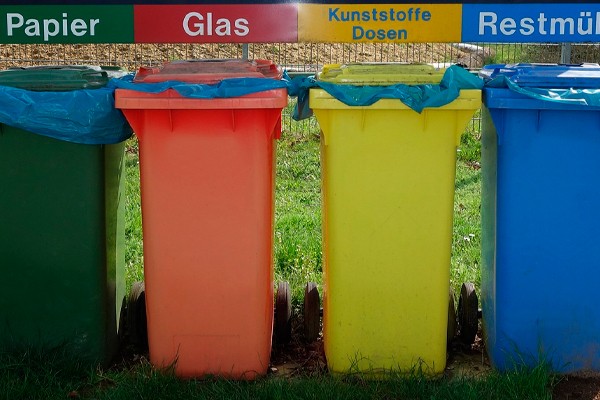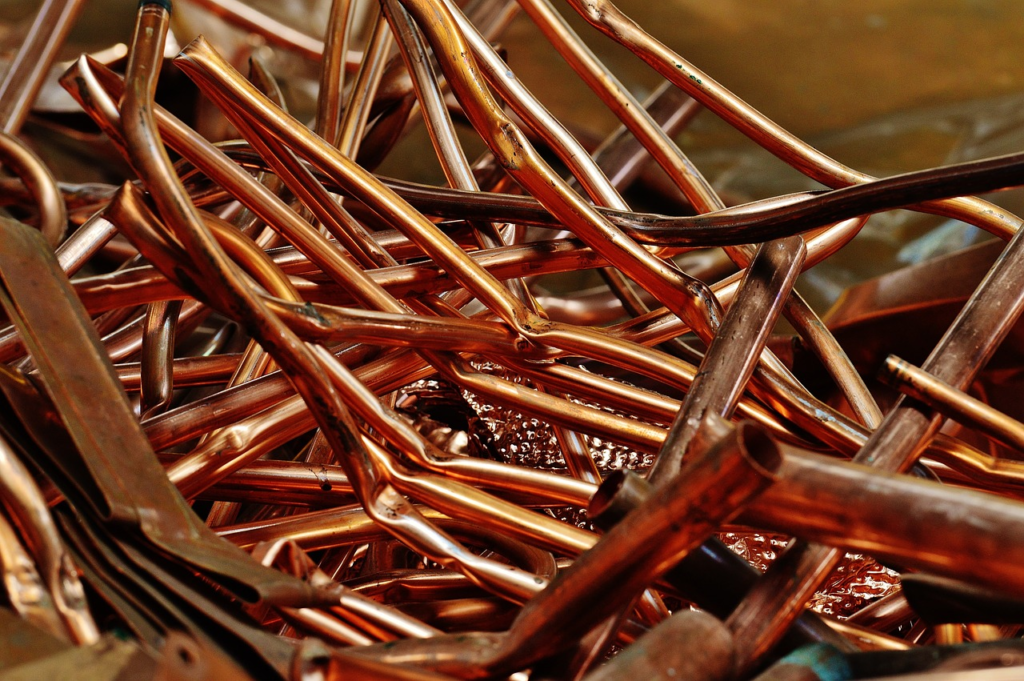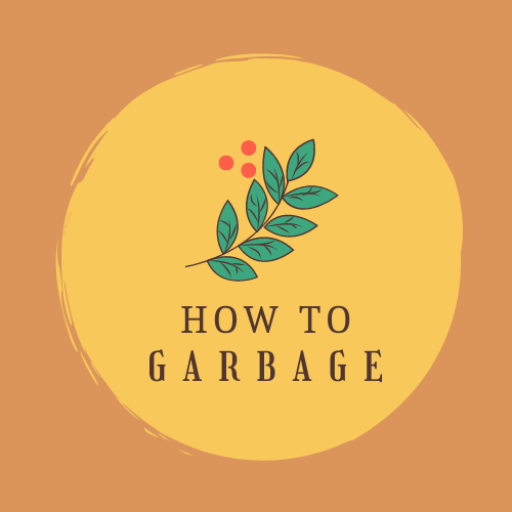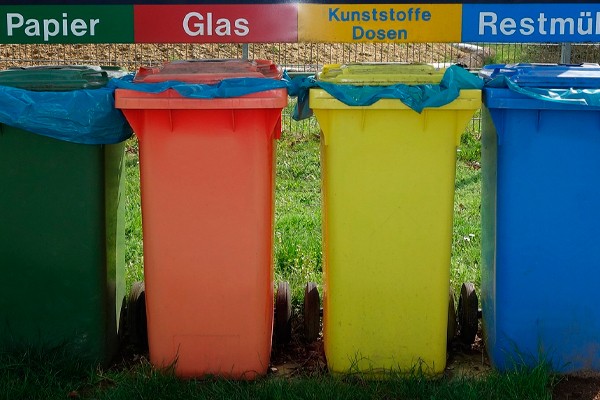
Table of Contents
Introduction
When it comes to dealing with hazardous waste, proper disposal methods are crucial to ensure the safety of both the environment and human health. Whether it’s industrial waste or household products, understanding how to dispose of these chemicals safely is essential. In this comprehensive blog post, we will explore the best practices for pesticide disposal and provide answers to frequently asked questions. Furthermore, we will delve into the various examples of hazardous waste and discuss national and international regulations that govern waste disposal.
What is called hazardous waste?

Image by Pexels from Pixabay
Hazardous waste refers to any material that poses a threat to human health or the environment due to its chemical, physical, or biological properties. This waste can come from a variety of sources, including industrial processes, manufacturing, agriculture, and even households. It encompasses a wide range of substances such as chemicals, solvents, pesticides, cleaning agents, and more.
How do you dispose of the chemicals safely?
When it comes to disposing of hazardous chemicals safely, it is crucial to follow specific guidelines to minimize the risk of contamination and harm. One option is to contact your local hazardous waste collection program to find out if they accept chemical waste. Proper disposal of pesticide waste is crucial to protect human health, wildlife, and the environment.
Here are some best practices for chemical waste disposal:
1. Read the Label: Always refer to the product label for specific instructions on how to dispose of the chemical safely. The label should guide proper disposal methods and any specific precautions to take. Always follow the directions on the label for proper use and disposal of pesticides. The label provides specific instructions on how to dispose of the product and its containers. Always read and follow the instructions on the pesticide label.
2. Use as Directed: Use pesticides according to the label directions and avoid excess mixture. Using more than the recommended amount can lead to unnecessary waste and increase the risk of environmental contamination. Only use the amount of pesticide required for the intended purpose. Avoid the problem of excess mixture by following the recommended application rates.
3. Contact Your Local Cooperative Extension Office: Contact your local Cooperative Extension office or Department of Agriculture to inquire about pesticide disposal programs or hazardous waste collection events in your area. They can guide safe disposal methods and local regulations.
4. Contact Local Authorities: Check with your local solid waste authority or environmental protection agency for information on proper disposal methods in your area. These agencies often have programs or facilities dedicated to the collection and disposal of hazardous waste.
5. Triple-Rinse Containers: Empty containers that previously held chemicals should be triple-rinsed before disposal. This involves rinsing the container with water three times to ensure any residue is removed. The rinse water should also be disposed of properly.
6. Container Recycling: Whenever possible, consider recycling empty containers and packaging materials. Many communities have recycling programs that accept certain types of containers. Recycling helps reduce the environmental impact of waste disposal.
How do you dispose of industrial waste? Pesticide Containers
The disposal of industrial waste requires careful consideration due to the potentially harmful nature of the materials involved. They can provide you with the necessary information and direct you to the appropriate disposal facilities or collection programs in your area. Here are some common methods for disposing of industrial waste:
1. Waste Collection Programs: Many regions have waste collection programs specifically designed for industrial waste. These programs typically involve scheduled pickups or drop-off locations where businesses can dispose of their waste in a safe and compliant manner. Landfill Disposal: Landfill disposal involves burying hazardous waste in specially designed landfills that are engineered to prevent contamination of groundwater and soil.
2. Hazardous Waste Facilities: Depending on the volume and type of industrial waste, it may be necessary to work with a licensed hazardous waste facility. These facilities have the equipment and expertise to handle and dispose of various types of hazardous waste properly.
3. Treatment and Neutralization: Some industrial waste may require treatment or neutralization before disposal. This process involves altering the chemical composition of the waste to make it less hazardous or non-toxic. Treatment methods can include physical, chemical, or biological processes.
FAQ
How do you dispose of copper fungicide?

Image by Alexas_Fotos from Pixabay
To dispose of copper fungicide, follow the directions on the label. It may be necessary to contact your local Cooperative Extension office or the Department of Agriculture for guidance on specific disposal methods.
In the UK, unwanted cleaning products can be disposed of through designated Household Hazardous Waste (HHW) collection programs or at local recycling centers. Contact your local waste management authority for guidance on proper disposal methods.
Disposal of Pesticides
The best method of waste disposal depends on the specific type of waste and its characteristics. Here are some commonly used methods:
1. Recycling: Recycling is an excellent method for waste materials that can be processed and reused to create new products. Many communities have recycling programs that accept materials such as paper, plastic, glass, and metal.
2. Incineration: Incineration involves the controlled burning of waste materials at high temperatures. This method is often used for certain types of hazardous waste that cannot be recycled or treated through other means. Incineration can help reduce the volume of waste and minimize the environmental impact.
3. Landfill Disposal: Landfill disposal is the most common method of waste disposal, but it should be used as a last resort for hazardous waste. Landfills are carefully designed and managed to prevent contamination of soil and water. Hazardous waste should be disposed of in specially designated areas within the landfill.
What are the examples of hazardous waste?
Hazardous waste can come in various forms, and here are some examples:
1. Pesticides: Pesticides used in agriculture, gardening, and pest control can be hazardous if not properly handled and disposed of. These include insecticides, herbicides, fungicides, and rodenticides.
2. Cleaning Agents: Certain cleaning agents contain chemicals that can be harmful to human health and the environment. Examples include bleach, ammonia-based cleaners, and certain solvents.
3. Automotive Products: Used motor oil, brake fluid, and antifreeze are considered hazardous waste. These substances can contaminate soil and water if not disposed of properly.
4. Electronics: Electronic waste, or e-waste, contains various hazardous components such as lead, mercury, and cadmium. This includes items like old computers, televisions, and batteries.
Overview of national and international regulations
To ensure the safe handling and disposal of hazardous waste, both national and international regulations have been established. These regulations aim to protect human health and the environment by setting standards for waste management practices. Some key regulatory bodies include:
- Environmental Protection Agency (EPA): The EPA in the United States oversees the management of hazardous waste through the Resource Conservation and Recovery Act (RCRA)
Tips
- Never reuse empty pesticide containers for any other purpose. Properly dispose of the container according to label directions or through designated waste collection programs.
- Do not pour leftover pesticides or pesticide mixtures down the drain or toilet. This can contaminate water sources and harm aquatic life. Follow label instructions for disposal or contact your local authorities for guidance.
Warnings
- Improper disposal of hazardous waste, including pesticides, can create serious hazards to human health and the environment. Always follow label directions and comply with state and local laws regarding waste disposal.
- According to the directions, disposing of a pesticide is the Household hazardous waste collection. Us EPA says cannot use Commercial pesticides and pour rinse water because wastes can create new pesticides. National pesticide information center says Disposing of leftover pesticides, disposal may and right containers and bags. Someone who can use household trash, but there is a recycling program.
- Read the entire instruction. Products may become difficult, may become difficult to remove if you mishandle waste. And your house can be full with water.
- Never pour leftovers. Cooperative extension service makes wastewater treatment. You can make a subject to change cooperative agreement.
Conclusion
Pesticide waste disposal is important and people use pesticide containers at home. Pesticide product is dangerous. Dispose of pesticide and leftover pesticide is necessary. You can dispose of the original container and unused pesticides too. Dispose of pesticide waste, because pesticides may be dangerous. Pesticide use two more times is forbidden. You can use a way to dispose of when you need dilute unwanted pesticides with applicator help.

